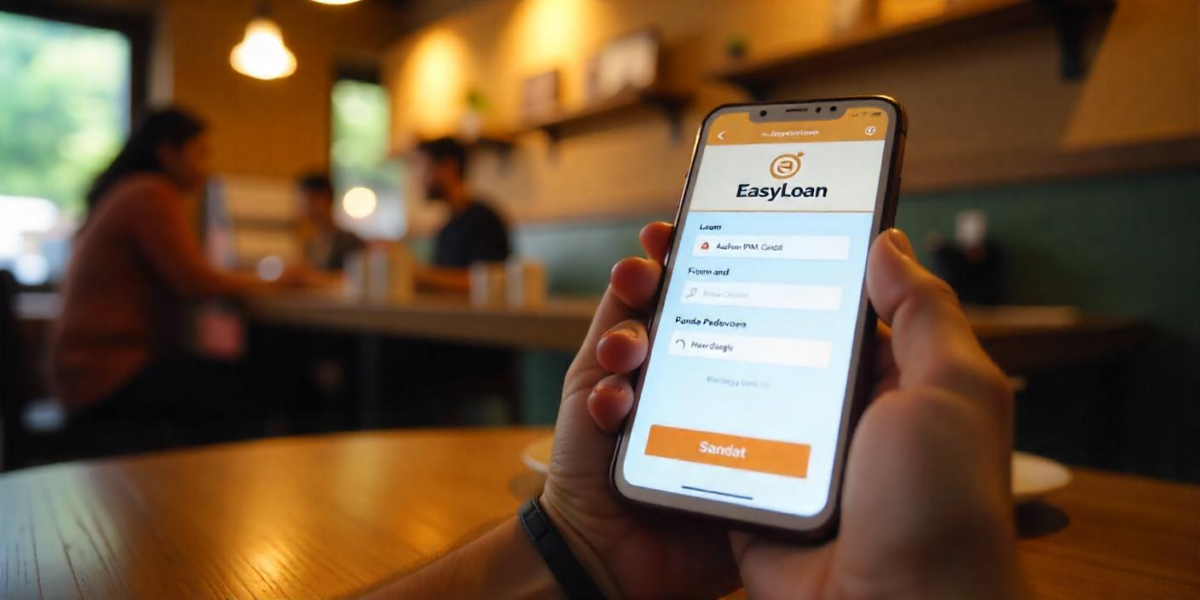“Did you hear about Synoptics? Their IPO went live and then… boom! Stock manipulation, SEBI order, the works.”
That’s how Rakesh broke the news to me over our usual Sunday morning chai.
At first, I brushed it off. “Another IPO drama? Happens all the time.”
But then I dug into it, and I found a masterclass in how smart tactics, shadowy moves, and timing can trick even savvy retail investors.
Let me walk you through the story of how Synoptics Technologies, with the help of its lead manager and insiders, staged what looked like a successful IPO… while playing a game behind the curtains.
A Quiet Beginning, a Loud Listing
Synoptics Technologies Limited isn’t some overnight unicorn. Founded in 2008, it sells IT products and provides networking solutions a fairly straightforward business.
But the excitement started when it decided to go public via the SME platform of NSE (NSE Emerge) on July 13, 2023.
At ₹237 per share, the company aimed to raise ₹54 crore. ₹35 crore would come from a fresh issue and the rest from the sale of shares by promoters Jatin Shah and Jagmohan Shah.
The IPO wasn’t huge, but it was ambitious for a niche IT company.
The lead manager? First Overseas Capital Limited—an old player in the SME space. So far, so good.
Lack of Buzz… Then a Mysterious Surge
The IPO opened on June 30, 2023, and for the first three days, retail investors weren’t exactly queuing up. Subscriptions barely moved the needle—0.20x, 0.51x, and 0.78x. Even the High Net Worth Individual (HNI) category was chilling at 0.12x and 0.53x.
But then, something strange happened.
On the third day, suddenly, the HNI subscription jumped to 2.09x. And curiously, the same entities that pumped up the HNI category were also applying in the retail investor category. It looked… artificial.
And it worked.
Retail investors, seeing this unexpected surge, assumed something big was brewing.
“The smart money is entering,” they must’ve thought. So on day four, the retail portion oversubscribed at 2.54x.
That was enough for the IPO to go through, without triggering the underwriting clause. It seemed like a success. But it wasn’t.
SEBI Steps In: The Show Was Rigged
Let’s fast-forward to the reality check.
On April 29, 2025, SEBI dropped an interim order that was, frankly, brutal. It is named Synoptics, its lead manager (FOCL), and the promoters behind the curtain show.
Turns out, those “interested” investors who pushed the HNI subscription weren’t real buyers.
They had no real intention of investing. SEBI found that they had placed bids across categories—retail and HNI—to create a false sense of demand. These bids were withdrawn or cancelled later.
The motive?
Simple. Generate artificial buzz. Trigger the herd mentality. Let retail money flow in. Once that happens, the IPO gets through. The promoters can offload their shares. Game, set, match.
A Dialogue from the Dark Side
Imagine this exchange in a boardroom weeks before the IPO launch:
Jatin Shah (Promoter): “What if no one subscribes? We’ve priced this at ₹237… what if they think it’s too high?”
Lead Manager: “Don’t worry. We’ve got a plan. We’ll pump up the HNI bids on Day 3. Retail guys will see the demand and rush in. Works every time.”
Janvi (another connected entity): “And if it doesn’t?”
Lead Manager: “Won’t come to that. We’ll make sure it looks oversubscribed before they blink.”
That’s not the actual transcript, of course. But based on SEBI’s findings, it might as well have been.
What Retail Investors Need to Learn
The biggest tragedy here isn’t just manipulation—it’s trust. Retail investors genuinely believed there was demand. They bought in thinking they were riding the wave of informed investors.
Instead, they were the wave.
This case reminds us of an uncomfortable truth: IPO oversubscription doesn’t always mean genuine interest.
It can be staged. And when the people behind the scenes manipulate demand, it’s the public who ends up paying the price.
Here’s a detailed breakdown of how the Synoptics IPO fraud directly impacted retail traders, not just financially but also emotionally and psychologically:
1. The Illusion of Demand: Retailers Became the Exit
Retail investors were lured in by what looked like strong demand in the IPO. On day three of the issue, when subscription figures for HNIs suddenly shot up, it triggered a classic FOMO reaction.
SEBI’s investigation later revealed that the same entities were applying in both categories—retail and HNI—just to fake demand.
Impact?
Retail investors assumed the IPO was hot. In reality, they were the ones propping it up. They became the exit liquidity for the insiders.
2. IPO Proceeds Didn’t Go Where Promised
Retailers buy into IPOs not just for listing gains but because they believe the capital raised will go into business growth, debt repayment, working capital, and acquisitions. In this case, ₹19 crore (over 54% of fresh issue proceeds) was siphoned off before the shares were even listed.
Impact?
Investors funded growth that never happened. In fact, the company’s sales declined post-listing, and profitability didn’t improve. Share prices started dropping. Retailers were stuck with depreciating assets.
3. Trust Broken, Permanently
This wasn’t just a bad investment—it was a betrayal. Investors believed in the system: the merchant banker, the NSE SME platform, SEBI vetting the offer document.
When even escrow rules were flouted and funds transferred before listing approval, it sent a chilling message.
Impact?
Retail traders, especially new investors, may now hesitate to participate in SME IPOs at all. Confidence in the IPO ecosystem has taken a severe hit.
4. Price Manipulation Post Listing
SEBI found that a portion of the IPO proceeds was routed through Dev Trading to an individual (Nikhil Rajesh Singh) who then bought Synoptics shares worth ₹3.82 crore on the listing day.
This created a false support in price early on.
Impact?
Retailers who bought after seeing this “bulk deal” or post-listing price stability were misled. Once the support faded, prices dropped, and losses piled up.
5. Opportunity Cost
Retail investors who tied up funds in Synoptics missed out on other IPOs or stocks during that period. They didn’t just lose money—they lost time and better opportunities.
6. Emotional & Psychological Toll
Many small traders invest ₹10,000–₹50,000 in an IPO, hoping for modest but safe gains. When they discover that the system can be rigged against them, it leads to:
- Frustration: “Why is SEBI always late?”
- Self-doubt: “Am I just unlucky or too naive?”
- Exit from markets: Some may stop participating altogether.
The Fallout
SEBI’s interim order not only exposed the manipulation but also signaled tighter scrutiny of SME IPOs, where due diligence often isn’t as strong as in the mainboard market. Synoptics and its associates now face restrictions. The full penalties and bans will follow after the final order.
But even before that, their reputation is cooked.
Closing Thoughts
“So what should I do next time an IPO is oversubscribed?” Rakesh asked me again.
I smiled, sipped my chai, and said, “Check why it’s oversubscribed. Not just how much.”
If you’re a retail trader or someone new to IPO investing, remember: manipulation can be subtle. It hides behind data, demand, and deadlines. So before jumping into a hot IPO, dig a little deeper.
Ask questions no one is asking.
Because, as the Synoptics story shows us, sometimes, the biggest hype hides the biggest trap.







